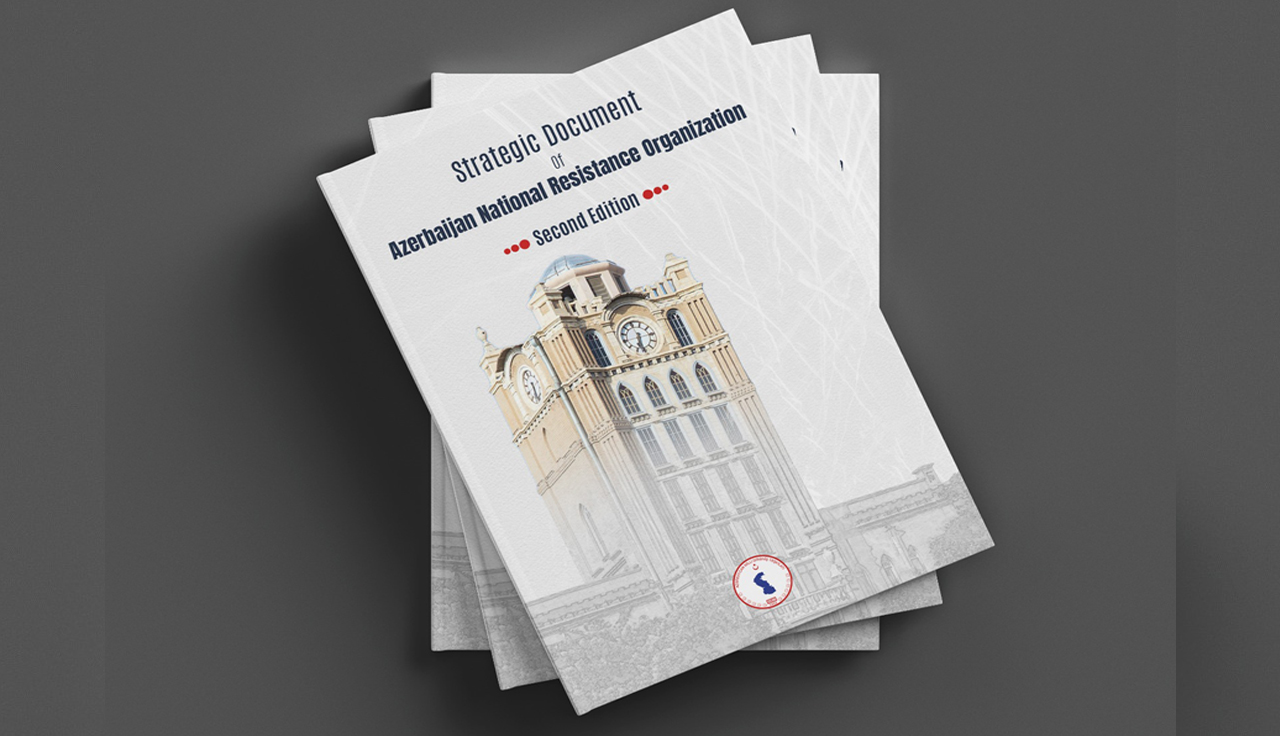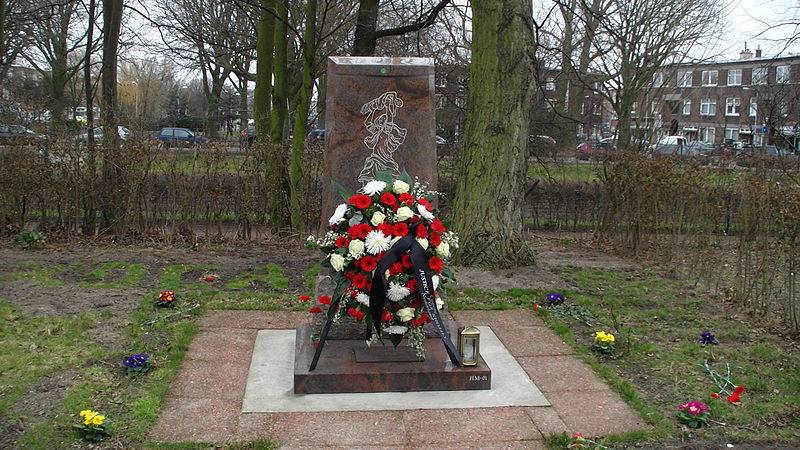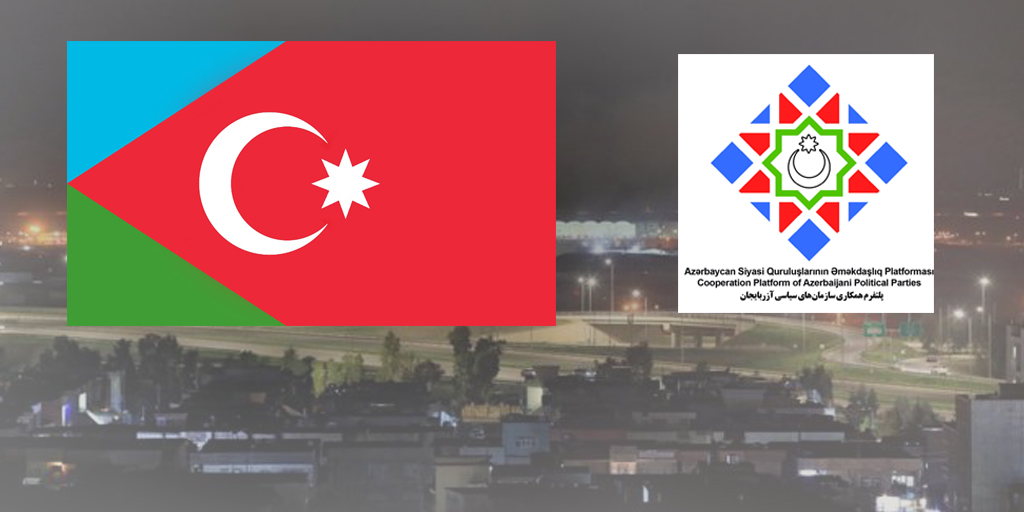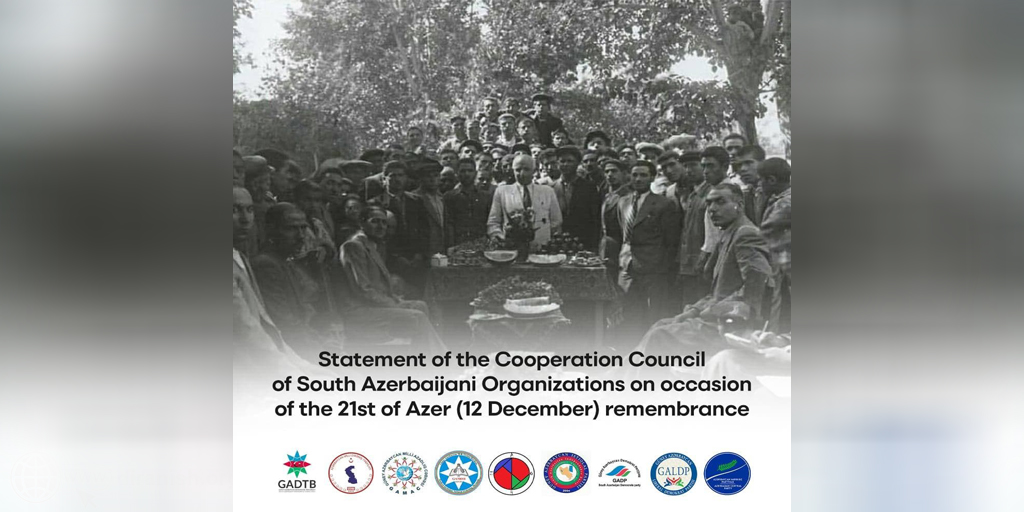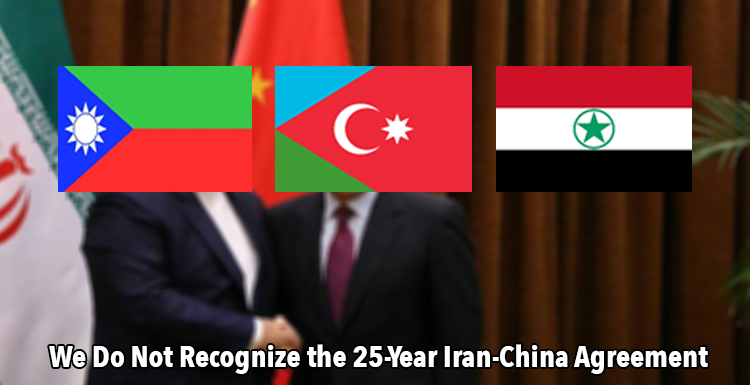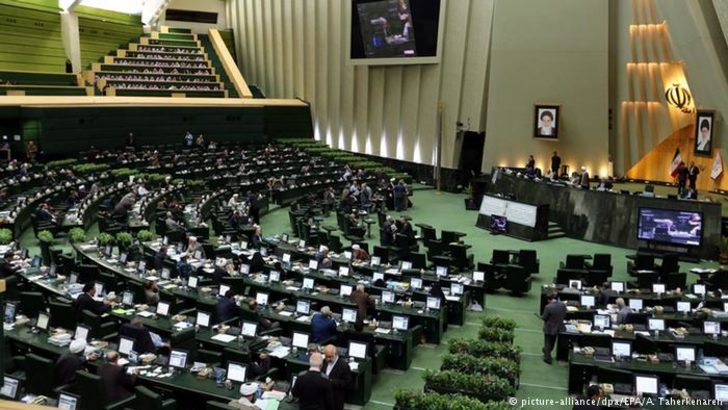The Khojaly Massacre

The Khojaly Massacre
Background
In 1991 the small village of Khojaly, situated in the Nagorno Karabakh region of the Republic of Azerbaijan, had a population of just 6,300 people. In October of that year, in the midst of the Nagorno Karabakh War, the Armenian army seized control of the southern roads and effectively isolated Khojaly from greater Azerbaijan. The blockade was so complete that, as documented by American journalist Thomas Goltz, to reach the town safely a helicopter was required. Power lines were cut, water was turned off, and many goods were prevented from reaching the embattled civilian population. Those who were able fled the fighting; the rest were forced to wait anxiously as the Armenian army drew ever closer.

On the night of February 25, 1992, Armenian armed forces, with the support of the Soviet Union, began their assault on Khojaly. The town was surrounded on three sides and scores Armenian fighters poured in, overwhelming the few remaining Azeri Special Forces militiamen left protecting the civilians. Only one path of escape was left open and, in the middle of the night, the remaining civilians and militiamen fled their doomed town.
Staging the Attack
After trekking for hours through the bitterly cold woods, the group emerged near the Armenian town of Nakhichevanik. Almost immediately, the densely packed group was struck by a hail of bullets fired by Armenian fighters encamped on the hillside above. The small band of militiamen returned fire but were quickly slain by the Armenian forces. Still, the attack did not stop.
The next day, journalists were greeted by a gruesome scene: a field littered with bodies, many of which bore marks of excessive cruelty. One observer noticed powder around gunshot wounds and realized that many of the victims had been shot at point-blank range. Other foreign journalists documented extensive evidence of torture[1]. In all, 613 persons were killed, including 106 women, 63 children and 70 elderly people.
The international community’s condemnation of this atrocity was swift and strong. Some from the Armenian side claim that the Armenian troops responsible for the massacre acted against orders. Another group blamed the Azerbaijani fighters for standing near the civilians, despite the extensive evidence of close-range killings. Still others were decidedly more forthcoming. “Before Khojaly, the Azerbaijanis thought that they were joking with us, they thought that the Armenians were people who could not raise their hand against the civilian population. We were able to break that [stereotype]. And that’s what happened,” one Armenian military leader boasted[2].
Commemorating Khojaly
Each year, on February 26, the world unites in remembering those lost on that tragic day. However, the Khojaly Massacre is more than just a bitter reminder of the costs of war. The dead have been honored and buried, but the living continue to suffer. Each year that goes by without addressing the needs of the more than one million refugees created by the war is another year that the moral injustice caused by the Massacre and the Nagorno Karabakh War lives on. That’s why both countries have an obligation to solve this conflict. In the interests of peace, justice, and for those that have been lost, the refugees must be allowed to return home.
[1] Le Monde,Paris, 14 March 1992
[2] This quote comes from Black garden: Armenia and Azerbaijan through Peace and War, Thomas De Waal. It was stated by then-general Serzh Azati Sargsyan, the current President of Armenia.
azerbaijanamericaalliance.org









